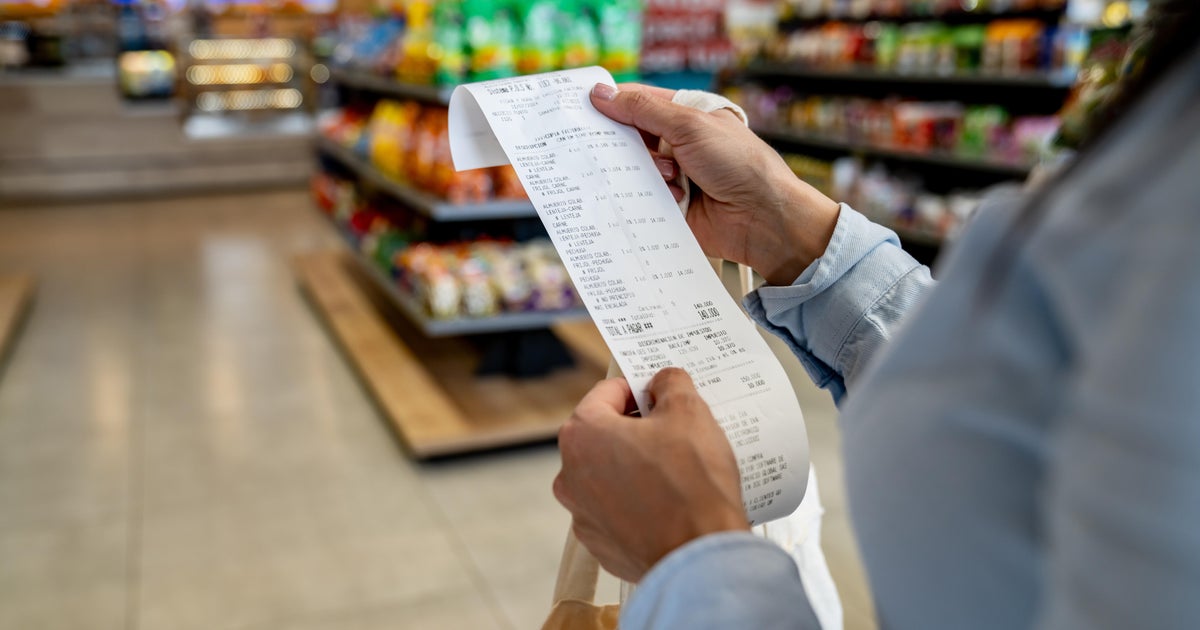Bird flu is driving up the price of more than just eggs and poultry
Food prices in the U.S. are rising, but sticker shock at the grocery store is especially acute in the egg and poultry aisles, as a highly contagious avian flu decimates commercial poultry flocks across the U.S.
Highly pathogenic avian influenza, or bird flu, is spreading across the U.S., forcing farmers to destroy nearly 280 commercial and backyard flocks in 32 states since January.
"More than 28 million laying hens have been culled as a result of the bird flu — that's nearly 9% of the total flock," according to Karyn Rispoli, an egg market reporter at commodity research firm Urner Barry.
"When the outbreaks first started, the jump in wholesale values was being driven primarily by demand, as there was a bit of panic and short covering going on in the marketplace. But at this point, so much production has been removed from the landscape that it's more of a supply-side issue," Rispoli said in an email.
Carried by free-flying waterfowl — such as ducks, geese and shorebirds, and infecting chickens, turkeys, pheasants, quail, domestic ducks, geese and guinea fowl — the outbreaks are pushing up the price of two commodities that are daily fixtures in the American diet.
"The chicken and the egg really have a strong position in our daily consumption. The supply goes down and the price will go up," Kathleen Liang, a professor of sustainable agriculture at North Carolina Agricultural and Technical State University, told CBS MoneyWatch.
Avian flu continues to spread, especially in flocks of egg-laying hens, economist Lee Schulz, an associate professor at Iowa State University wrote in a blog post. When the flu hits, some birds die and others must be euthanized. That reduces the supply of eggs, a commodity for which there are few substitutes, he explained.
"Outbreaks of highly pathogenic avian influenza (HPAI) continue to impact the table egg industry, especially in the egg products sector where nearly three-fourths of the outbreaks have occurred," the U.S. Department of Agriculture wrote last week in a report.
Nationally, the average price of Grade A large eggs last week was $1.66 a dozen, up 12% from the prior week and nearly 73% from last year, according to the USDA.
Meantime, shoppers are paying about 5% more for whole chickens than a year ago, making poultry a relative bargain given grocery prices overall are 10% higher and the price of beef is up 16%, federal data shows.
"The chicken and the eggs are just the beginning of the ripple effect," Liang said. "The downstream industries are the ones absorbing the higher costs."
Salad dressing, cake mix and chips
The cost of processed eggs — used in liquid or powdered form in manufactured products including salad dressing, cake mix and chips — has also surged, adding to inflationary pressures.
Breaker eggs, which are sold in liquid form to wholesale bakeries and large restaurant chains, were on Tuesday priced at $2.58 a pound, according to Urner Barry.
"That's up from 86 cents a pound at the start of March, shortly after the first outbreak was confirmed," noted Rispoli, who added that at this time last year breaker egg prices ran at 49 cents a pound.
Back when the avian flu outbreak had affected 24 states and some 24 million commercial birds, only eight cases had been confirmed in commercial broiler chickens. More than 60% of U.S. broiler production occurs in six states: Alabama, Arkansas, Georgia, Mississippi, North Carolina and Texas. So far, just North Carolina and Texas have had outbreaks.
"Sick birds will never make it to the market," said Liang of the potential for a significant reduction in supply, depending on whether the outbreaks are contained. "Demand is strong and supply is limited."
As avian influenza spreads, the turkey industry has also been impacted, with production estimates for the year revised lower by 150 million pounds, the USDA said in an April analysis. Whole-hen frozen turkey prices were reported at $1.31 a pound in the first quarter, up 19% from 2021.
"With lower forecast production due to HPAI, prices are expected to continue to rise at a more rapid rate in 2022," the agency said.
People should expect food inflation to continue this year and next, according to BofA Securities analyst Alexander Lin, who expects food prices to rise about 9% this year and another 4% in 2023.
Low health risk to people
In Colorado, a prisoner tested positive for avian flu after working at a commercial poultry farm as part of a pre-release employment program, the state said Thursday. The only other known human case was reported in the U.K. late last year, according to the Centers for Disease Control and Prevention.
The public health risk related to bird flu remains low, according to the CDC. Still, cooking all poultry and eggs to an internal temperature of 165 ˚F is advised as a general food safety rule.
The USDA is investigating a vaccine to fight the flu, which killed more than 50 million chickens and turkeys between 2014 and 2015 and caused economic losses of $3.3 billion, the agency estimates.



